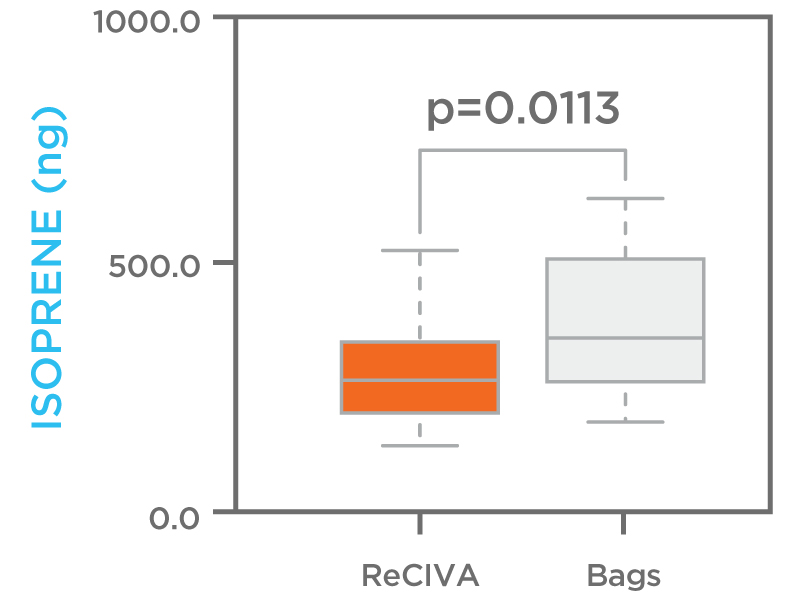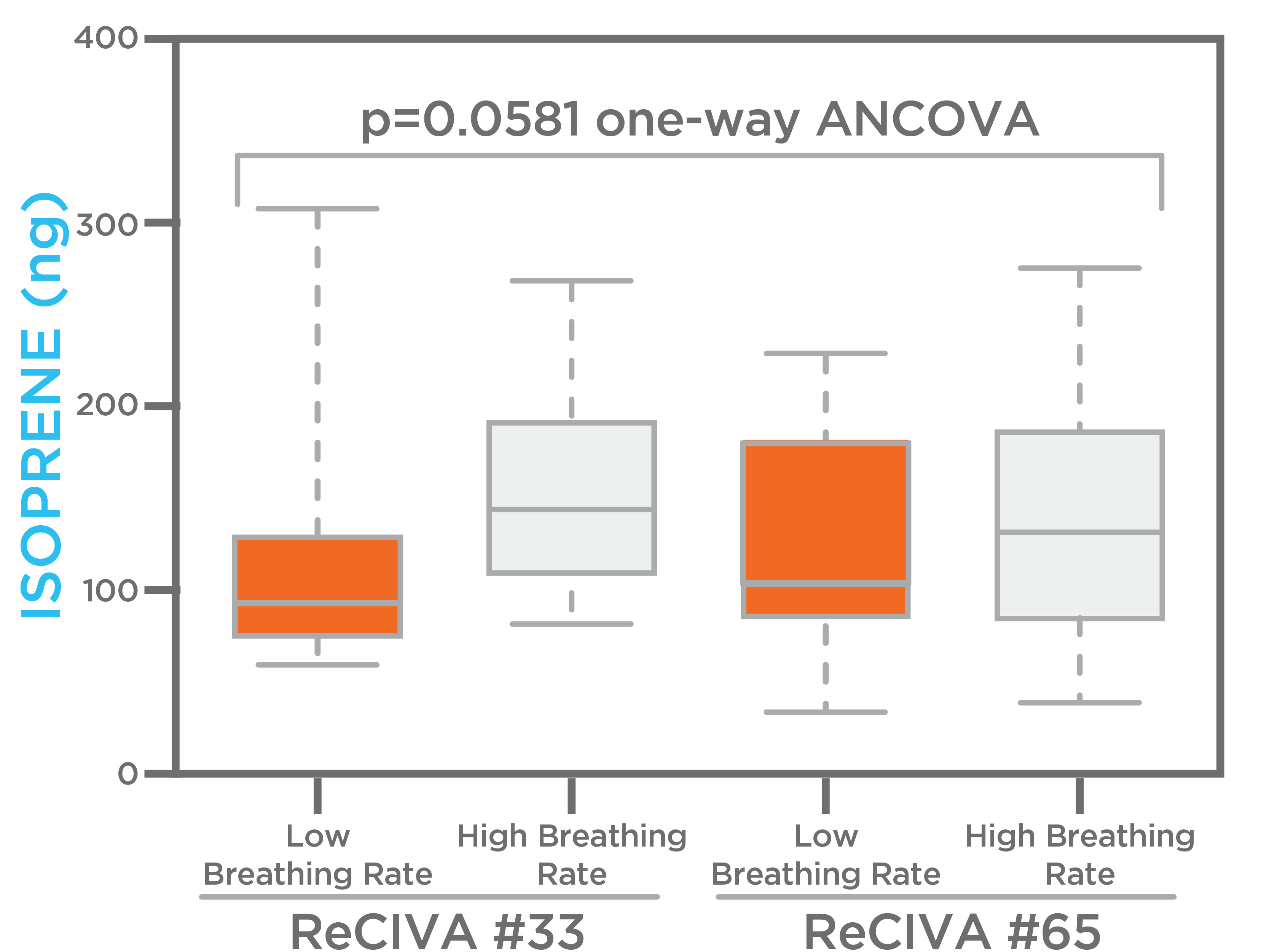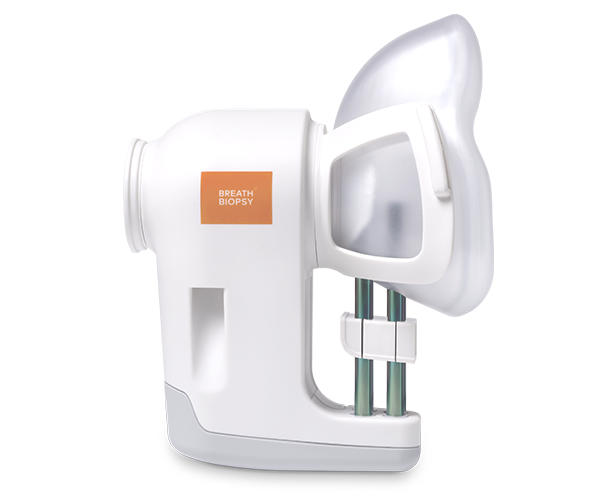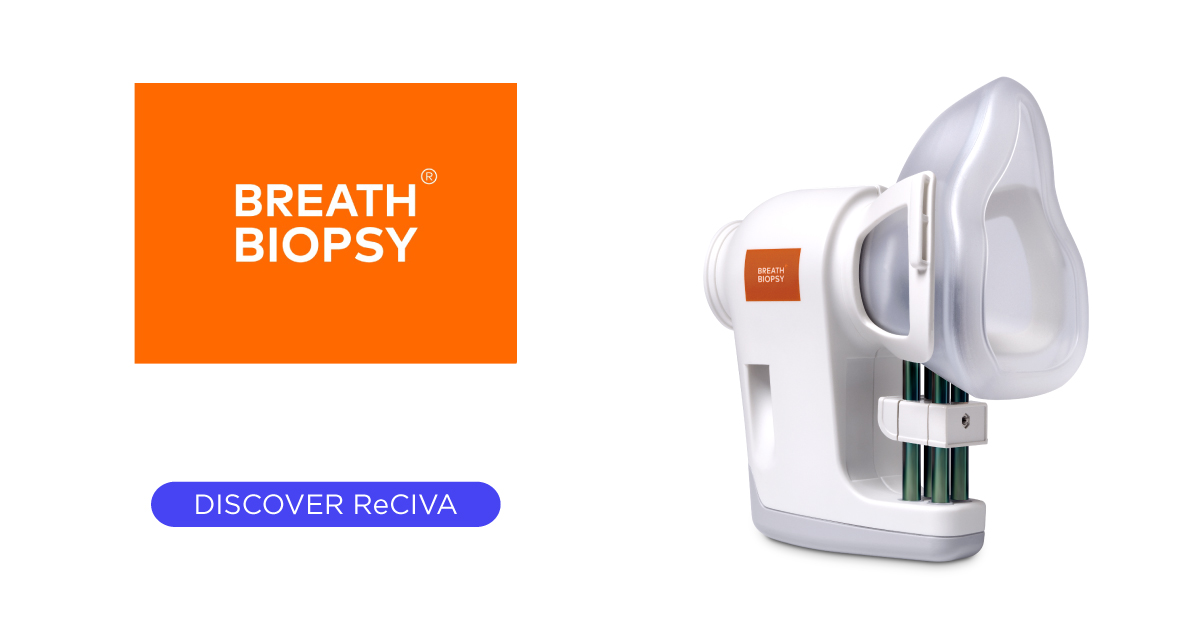Independent Review of ReCIVA Breath Sampler Published
Published on: 13 Dec 2019
This blog was initially published in December 2019. It was updated in May 2020 following a further publication from the same group.
A recent paper published in the Journal of Breath Research examined the capabilities of our ReCIVA® Breath Sampler, a key component of the Breath Biopsy® platform. This represents one of the first independent attempts to test the ReCIVA technology and uses the results to make some suggestions about improving ReCIVA performance, with many of these specific to older Breath Biopsy systems. If you’re a ReCIVA user, we have more information about these adaptations on our Community site.
The results illustrate the utility of the ReCIVA breath collector for providing consistent exhaled breath onto adsorbent media, eliminating the pitfalls associated with collecting breath in bags, while gaining comparable results to samples collected by standard breath bags.
Harshman et al. (2019)

Compared to bags, the authors note that ReCIVA offers a number of advantages while retaining comparable efficiency in collecting volatile compounds. ReCIVA collects samples during normal breathing and preconcentrates them directly onto thermal desorption (TD) tubes making it easier to use, removing the need for a separate collection step. This improves sample quality by eliminating leakage from bags, and by reducing contamination either from the sample bags or during transfer onto tubes. ReCIVA is also able to collect air fractions from defined parts of the airway and can collect up to four repeat samples simultaneously. Overall, ReCIVA reduces sample variation while optimizing versatility.
–
– Update –
The same group published a further review in the same journal comparing the performance of two ReCIVA® Breath Sampler devices. The study continued the focus on quantifying isoprene using ReCIVAs with serial numbers #33 and #65 (both an older version of ReCIVA), and resulted in measurements that highlight the consistency of performance between ReCIVA units. The study showed no significant variation in isoprene levels (p>0.05) and also demonstrated that this is independent of breathing rate (p>0.05).
Overall, the results provide evidence that the ReCIVA sampler may be used among multiple sampling sites for exhaled breath collection.
Harshman et al. (2020)

References
- Harshman et al. (2019) Characterization of standardized breath sampling for off-line field use, J. Breath Res. DOI: 10.1088/1752-7163/ab55c5
- Harshman et al. (2020) Evaluation of a standardized collection device for exhaled breath sampling onto thermal desorption tubes, J. Breath Res. DOI: 10.1088/1752-7163/ab7e3b

